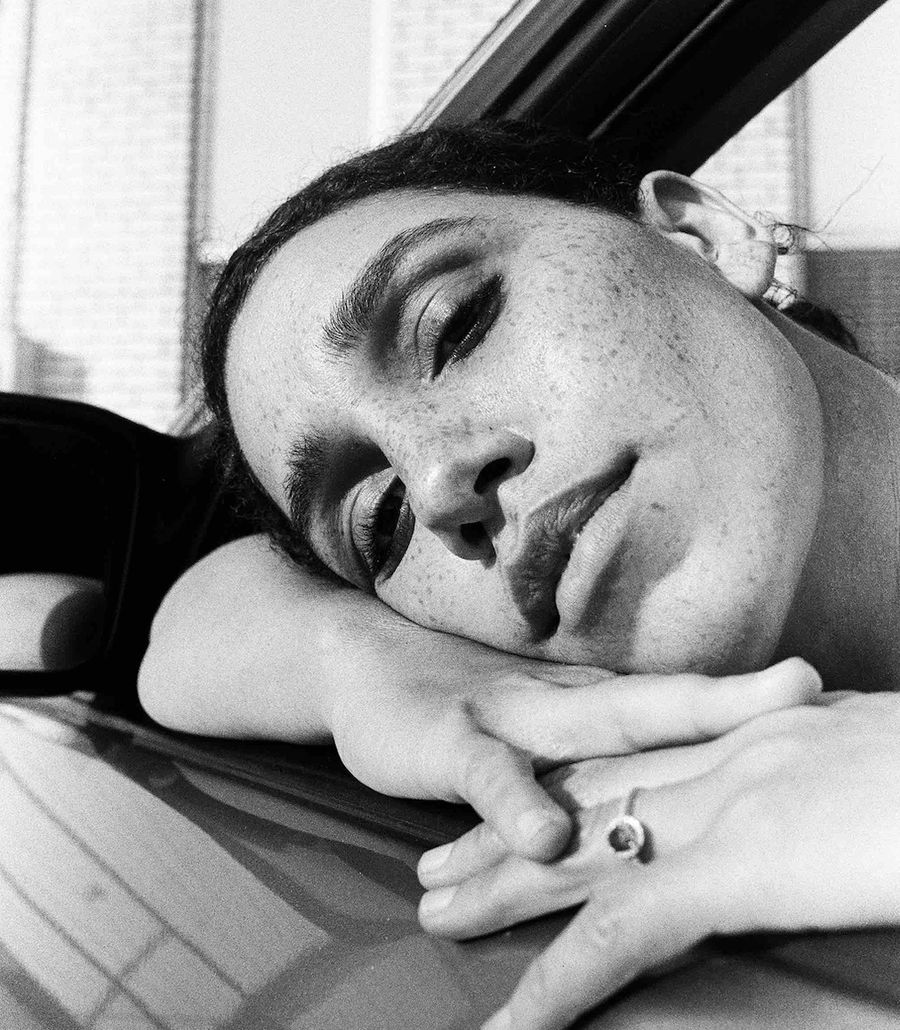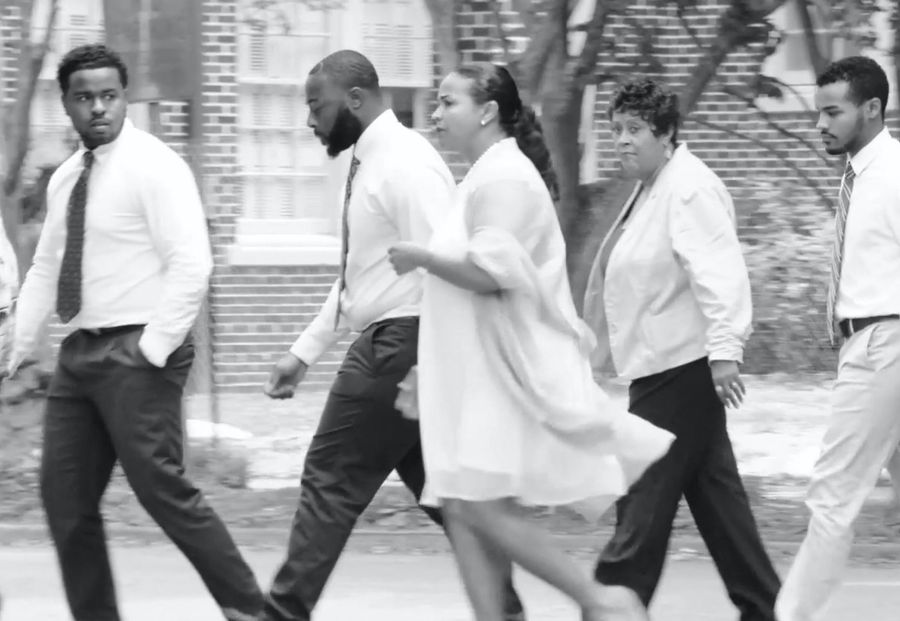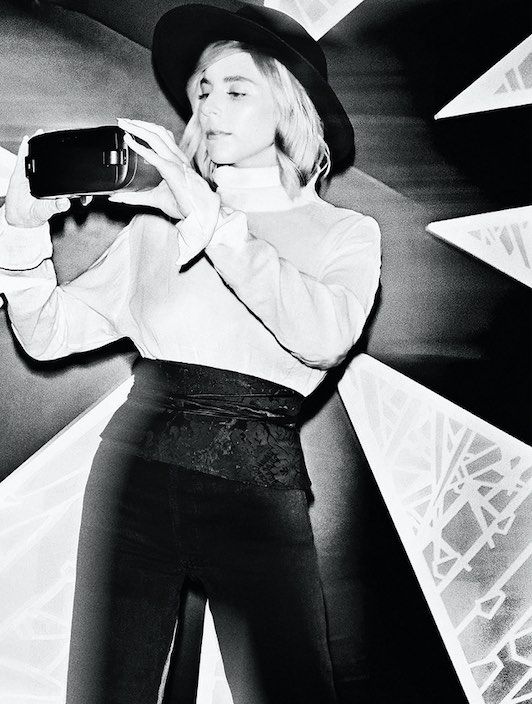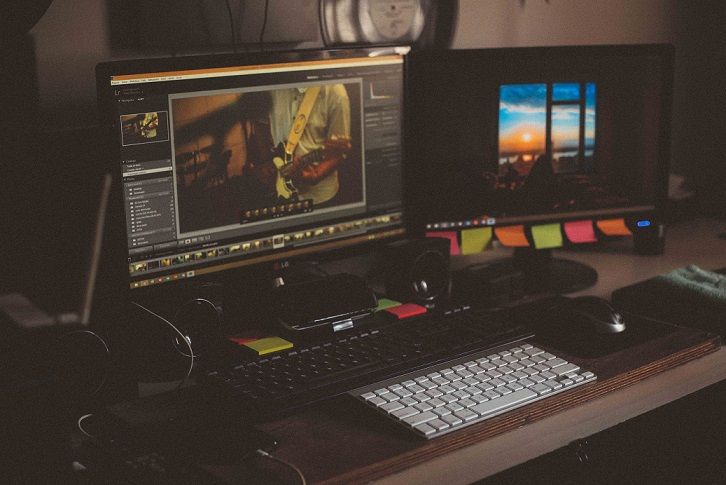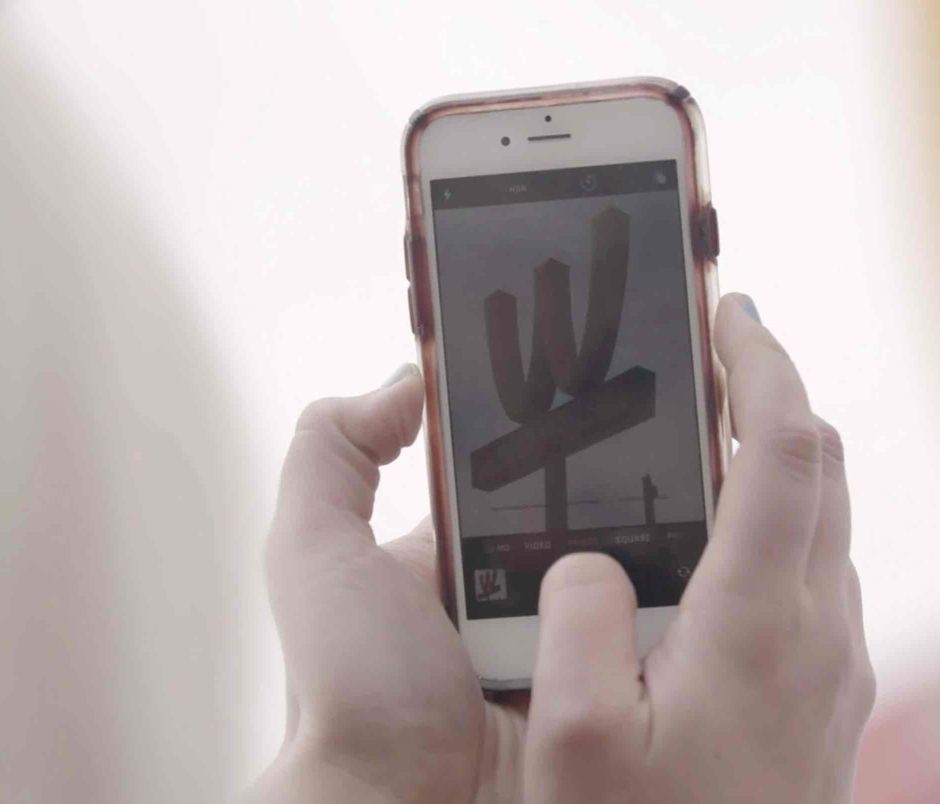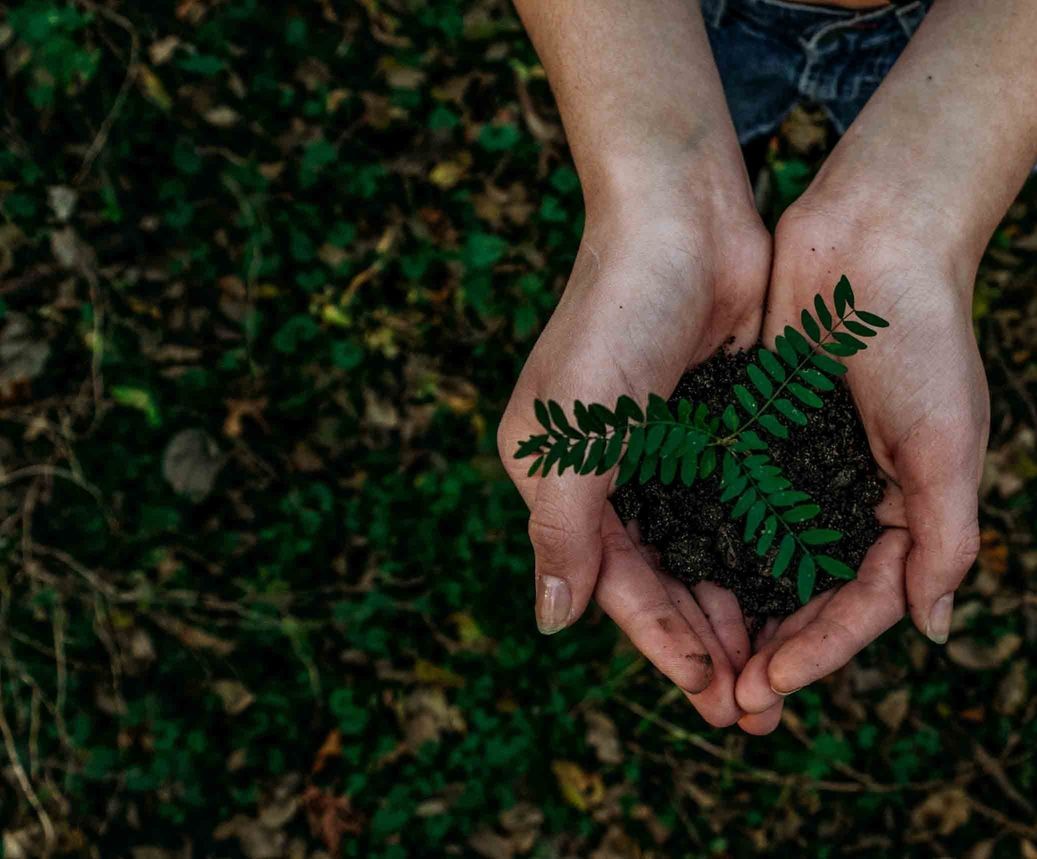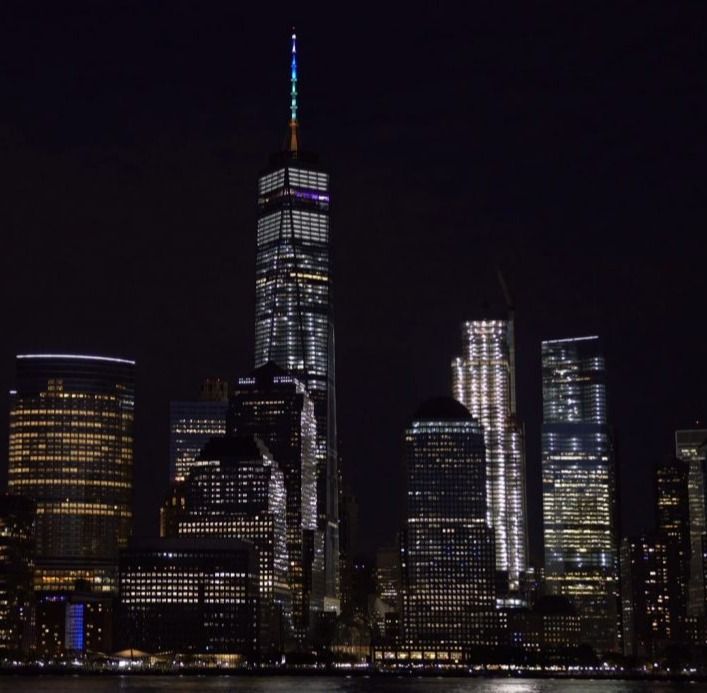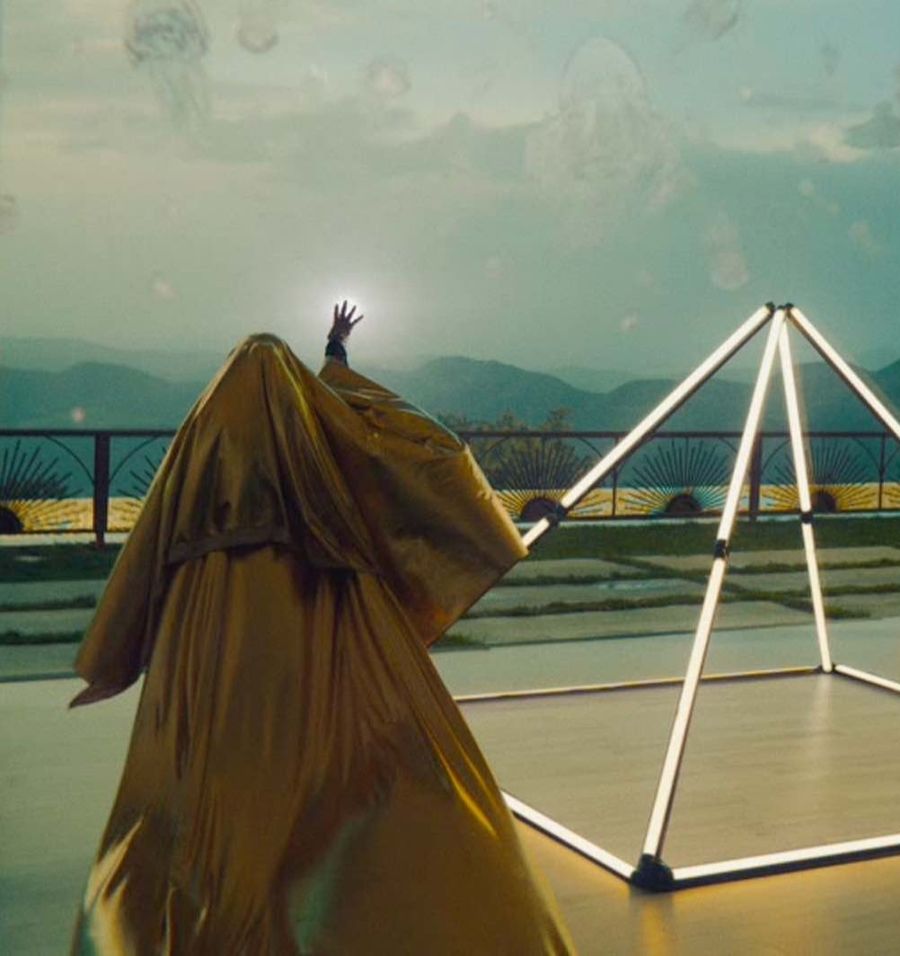All photos courtesy of Amazon Studios. Time is now streaming on Amazon Prime.
When you watch a Garrett Bradley film, you know. Narrative or non-fiction, they're usually intimate and honest portraits of people as they are, or raw resurrections of lost histories that deserve to be seen. With Time, her first documentary feature following a woman named Fox Rich as she campaigns for the release of her husband, who is serving a 60-year prison sentence, Garrett is at her best. She simply allows her camera to be a vessel to share Rich's critical story. It's no surprise she took home the Best Director prize at this year's Sundance Film Festival.
Garrett, the child of abstract painters in New York City, has taken up her art to spotlight society's most urgent issues for years now. Her most pivotal works, such as "America," have even transcended the silver screen, having shown at museums all over the world. With all of her experience, and all that she has seen through her lens and beyond, we wanted to learn more from the inimitable artist that is Garrett Bradley. Here, she shares her documentary—and life, for that matter—rules to live by.
FTW Takeaway: Lead with transparency, compassion, and vulnerability.
Garrett Bradley: Transparency, compassion and vulnerability are inherent parts of being a good human being in the world, but also a good filmmaker. There are so many things that are unknown when you are working in a documentary space. You can't control the outcomes of things, you don't know necessarily where you're going to be led. So finding a way to be comfortable in the unknown, finding a way to celebrate and revel in the present moment is also really important.
Have open conversations with the people you’re working with.
Going back to the question of transparency and curiosity—when you're working with people, they want to know why you want to make what you're making, why is this meaningful to you as a filmmaker, as an individual? It's also important to have a conversation. For me, I always have conversations. I always begin my projects with questions, to make sure that we can find a mutual place of alignment in terms of our intention of why we want to work together.
"Respect is what allows one to make a great film, and it's where boundaries come in. It's really no different from how one should be moving through the world…You have to be responsive and think of yourself as an energy worker and be aware of the energy you're bringing to a space. So filmmaking is also just a reflection of everyday life."
Respect is paramount.
I never refer to people as subjects. I never refer to their willingness to let me into their own life experience as access. I think that there are certain types of terminology that are coming from the beginnings of documentary filmmaking, the beginnings of journalism, which in and of themselves historically speaking, are problematic.
So I'm interested in sharing space with people, and maybe that does present challenges for how we understand the distinctions between documentary filmmaking, journalism, or art-making. But bottom line, respect is what allows one to make a great film, and it's where boundaries come in. It's really no different from how one should be moving through the world. You have boundaries with really close friends. Those are the healthiest relationships, right? You have boundaries with coworkers, you have boundaries even in public space when you're at the grocery store. Those things don't change when you're working with people in the context of a film. You have to have mutual respect for one another. You have to be responsive and think of yourself as an energy worker and be aware of the energy you're bringing to a space. So filmmaking is also just a reflection of everyday life."
Be intentional every step of the way.
It goes through different phases [in post production]. Because you don't know how things are going to evolve, you have to have some kind of anchor point when you're making a film. For me, that anchor point is the intention. Once I get to the editing process, I'm seeing that: that intention is being reflected. Why am I doing this? What is it offering to those that I'm working with and to the larger community that we will be sharing the work with?
You have to ask yourself that question every step of the way, when you start including music, when you start mixing the sound, when you are thinking about who and how you want to bring the film into the world with, how it’s messaged. It's what allows you to respond to the Rubik's cube of what it is to make a documentary film, but also, know what you're doing, to the best of your ability.
